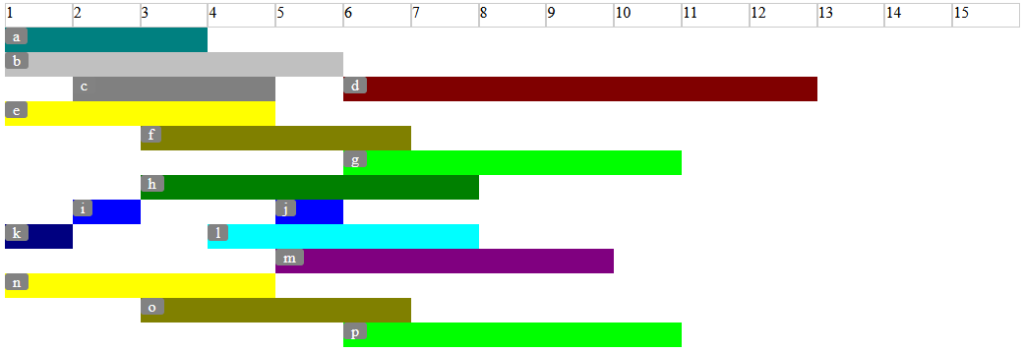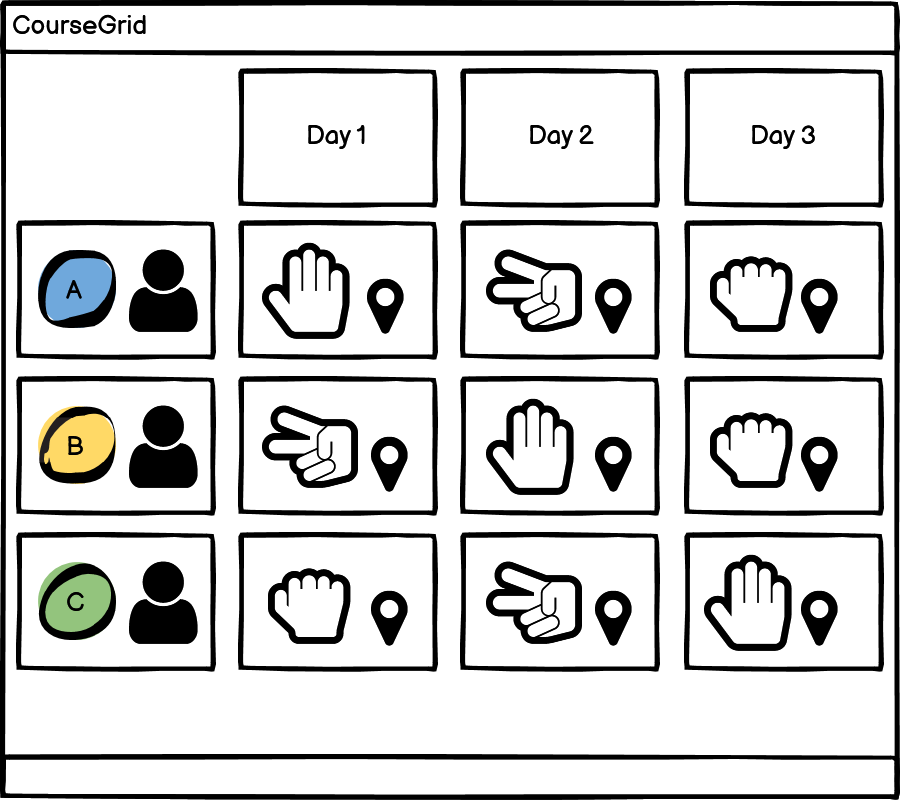Once upon a time, there existed a quaint establishment, a humble abode of meats known to the world as a steak house. ‘Twas a place devoid of fanciful airs, its humble stature and unadorned nature the very embodiment of simplicity. Manned by a small but dedicated crew, they upheld the values of locality and community with unwavering devotion.
As the wheel of time spun and the hands of destiny continued their unceasing march, this eatery underwent a metamorphosis, growing larger in both size and ambition. The boundaries of its menu expanded, and lo and behold, a new addition graced its offerings—a burger! This culinary innovation mainly aimed to cater to families who arrived seeking the carnivorous delights of steak but sought to appease their young ones with the simpler fare of burgers. Remarkably, this stratagem proved successful, as families flocked to partake in this harmonious blending of tastes.
But alas! The relentless passage of time ushered in a new era, a period marked by a different ensemble of custodians entrusted with the restaurant’s destiny. Alas, these fresh recruits possessed peculiar notions regarding the desires of their esteemed patrons. It seemed as though they possessed a muddled understanding, unable to discern between a succulent steak and a humble burger. While previous members of the herbivorous and vegan persuasion had joined the ranks before and found their place, exhibiting competence and proficiency, these novices appeared to be grappling with the basics.
As time ticked by, the original staff detected a definite and unmistakable bias, from the custodians, towards the sale of …burgers! They seemed to pay little heed to the fact that eight out of ten individuals who graced their doorstep yearned—nay, were willing to part with their hard-earned coin—for the tender juiciness of a medium-rare steak, seared to perfection.
Could it be, perchance, that these audacious newcomers possessed a semblance of wisdom? Might the general populace truly crave naught but burgers? Could it be that the yearnings for succulent medium-rare steaks were but figments of the imagination, transient desires that faded like a mirage in the desert? Only the relentless march of time would reveal the truth, as the discerning public voiced their verdict through the currency of their choice.
Felt is a map making tool that is in public beta right now.

Some very cool tech involved, including being able to easily draw a route over an existing map road or track.
Check it out and have a look at what their team has been able to put together!
I have spent a fair bit of time dealing with systems around calender information. Being visually clear for users is really key for them – get the interface out of the way of the information!
So, operating with timelines is a big thing. The ability to know the relationship of things happening is good to represent visually. Do these events overlap? Can I fit something here? What if these things were adjusted?

So CSS Grid to the rescue – this is a great improvement on using tables etc.
But we can go further – the grid above is not really optimal. There is a lot of whitespace, and for large datasets this can result in a lot of info being hidden “below the fold”.
So I have been experimenting – based on Jen Simmons work – with using dense to optimise the rows of a given grid:

The dense keyword:
grid-auto-flow: row denseThis works to “fill the gaps” in the timeline data. Early experiments on adding and removing nodes seem to work well, suggesting an ability for users to be able to interact with the info.
Have a look at the JSFiddle here, and enjoy the dense!
Great intro to a course on linkedin, used this quote:
“You don’t own your job, you own your career”
Very true.
But if the employee doesn’t own the job, there can be only one possible owner: the employer.
Getting to success, as employer execs and managers, is about creating ways so that the job and the career of the person in the job, overlap – as much as possible.

We all know people who – from a very early age – have known what they wanted to be and do. They follow this path throughout life and are super successful; the overlap of job and career in this instance is exact. I suggest that these people are a tiny minority! At the other end of the spectrum, we have probably worked in places where the job is not at *all* what the real “career” of your coworkers. A stepping stone, or something to bring in a wage while the “real” work happens elsewhere. Most job – career alignments, fall somewhere in the middle.
I had a conversation recently with someone who was describing this alignment as “soul” – which sounds a bit mystical! But in terms of the job – career alignment, it makes perfect sense. It is one strand of a multiplicity of efforts that a good manager and employee will make to bring these 2 spheres closer.
The art & science of understanding the needs of both your people and the roles they perform – as employer execs and managers – is a complex & dynamic space. Success here is a long game, but unlocking the good in this area is key to having things work…
Local and / or general
There is a canoe launch / pullout spot on the Goulburn River, downstream of Thornton. The bridge over the river had 14 sections, and over time the tarmac deck sagged in between – each section join would make a “bump” as you drove over it.
The bridge was referred to – in every conversation – as 13 Bumps. “Can you take the trailer down to 13 Bumps and pick up the canoes, at 10:30?”
Since about 2010, the bridge deck has been fixed – no more bumps! The issue with calling something “13 Bumps” is that it’s not on any map. Nor can anyone who is not a local, tell you where it is. (The official name of the bridge, is what is marked on the map.)
It’s one of those things where, if you don’t know it, you don’t know that you don’t know it.
This happens all the time, in our daily lives. However, in our work information systems, how do we construct the information so it is discoverable? What do we do when these systems and structures experience “drift” over time, as they are adapted for change and new environments?
It’s super tempting – as builders of systems, of cultures, of workplaces – to leap in and decide to build more stuff, to support the building of stuff. I wonder whether we can shortcircuit that, with better agreement and language that is clear? This would require an ongoing effort – like in France, where they make a point of trying to maintain and direct the French language.
Language is complex. But language is also fundamental to understanding the direction we choose. Language is how we tell other people what we want, what we expect of them, and what we hope to accomplish together.
Abby Covert
Read Abby Covert’s excellent book “How to make sense of any mess”
“Like a gifted helmsman, who knows that all use of the rudder increases drag and thus holds the vessel back, you have to steer with the lightest possible touch.”
― from “Slack: Getting Past Burnout, Busywork, and the Myth of Total Efficiency”
Big props to Inside the Outhaus for hosting John Kamman from Wholesum Food Calculator last night.
It was great to see John’s presentation of the Wholesum platform, and to be able to ask questions and pose scenarios for him.
John was able to show off the features of this “menu planning for groups” application, and talk a bit about the history and reason for it’s development.
For me, a key question that John answered was along the lines of a choice in how to represent the meals and ingredients: he tries to help his users decide if one particular “output” answers their main challenge. If so, that leads to a way to structure the work – in this case, how to “build” a reusable, repeatable recipe.
Wholesum is great and I recommend you check it out!
Simple, flexible billing
Had a great meeting with the folks from Octane yesterday. Andres and Karan discussed my prototype app “CourseGrids”, and the approaches that I wanted to take for billing.
We then walked through a demo of how that would go on the Octane platform.
What immediately stood out was that the Octane team have thought through a bunch of use cases and worked hard to allow the integration to happen easily. The structure and design of how you do billing will be intrinsic to your org – not something that can easily conform to some rigid template. Octane have this covered – I threw a “difficult” use case into the mix, and Karan was adept at suggesting approaches that would work in Octane, and in fact save a lot of time for my app.
Check out the Octane blog!
Regardless of what we discover, we understand and truly believe that everyone did the best job they could, given what they knew at the time, their skills and abilities, the resources available, and the situation at hand.
Kerth Prime Directive
Calling an existing system “legacy” is an interesting use of the word. In most usages, “Legacy” refers to a body of work or achievements that the legacee would be proud to own. In systems parlance, however, it takes on a definite whiff of dysfunction, tribulation and generally ‘stuff we would be better off without’.
I was pulled up by one of my colleagues, while I was railling bitterly against some aspect of a legacy system (that I had helped put in place!). They said – in jest ! – that I should take a time machine trip back twelve years and knock some sense into myself…
It led me to think that it was a similar thought to the Kerth Prime Directive – one of the most helpful ways of thinking in any organisation. My colleagues’ point was a good one – the system that was put in place was miles better than the existing one at that time. The fact that some of the design decisions could have been better was not disputed; however – the damn thing works.
In fact, legacy systems in general, are working right now. That actually can’t be said for the majority of the conceptual awesomeness that lies inside project plans worldwide. These seeds of ideas are all potential, no more. Perhaps some of them will get greenlighted – figures vary on this but maybe one in three will start?
Of these started “fixes” to legacy systems, more than half will not ever go live. The remaining ones that struggle into being, may one day hope for the ultimate legacy – to be called a “legacy system”.

